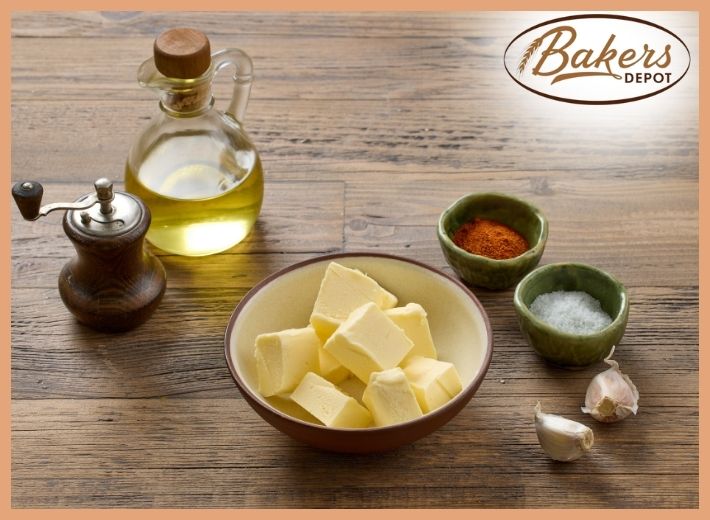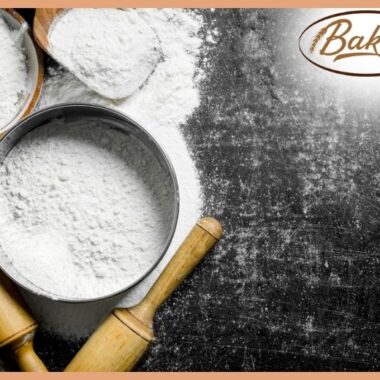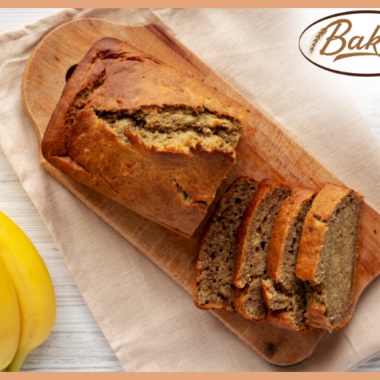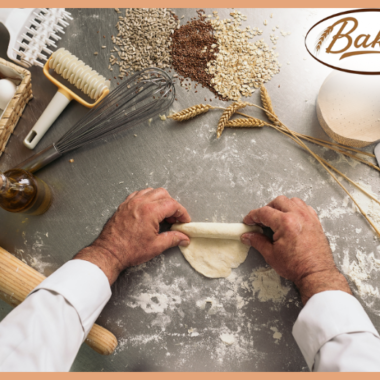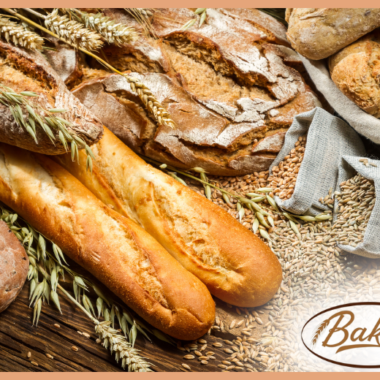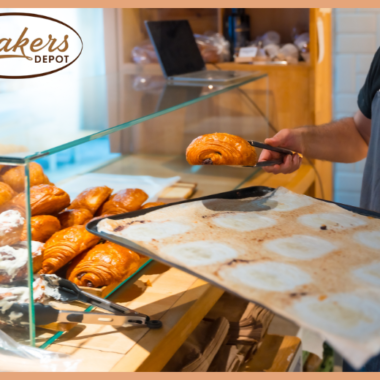Butter and oil are fundamental fats in baking, each contributing unique characteristics to the final product. While both serve the essential role of adding moisture and richness, their distinct properties influence baked goods’ texture, flavor, and overall structure. Understanding these differences is key for bakers aiming to achieve specific results, whether creating a tender cake, a flaky pastry, or a chewy cookie.
Fats are responsible for so many essential functions in baking, such as:
- Tenderizing
- Adding the sensation of moisture
- Leavening
- Adding flavor
- Assisting in browning
- Conducting heat
- Creating creamy textures and more!
So, I got to baking and conducted side-by-side tests to see which turned out better.
The results were fairly shocking. They informed my final decision-making for which fat to use in that Red Velvet Cake recipe… a decision which may surprise you! Read through this whole article to up-level your baking game. There are answers to questions in here you probably never have thought to ask!
Butter vs. Oil in Baking: Which is Better?
Solid vs. Liquid (Saturated vs. Unsaturated Fats):
Butter is a saturated fat, so it’s solid at room temperature. Most baking and cooking oils are unsaturated fats, such as canola oil, olive oil, peanut oils, and soybean, sunflower, and safflower oils (the latter three are more commonly referred to as vegetable oils).
We won’t get into the nutritional distinctions in this article, but understanding the difference between saturated and unsaturated fats can help you know how they’ll behave differently in baking.
Since butter is solid at room temperature, it makes an excellent base for many recipes that require creaming of the butter and sugar. Many cakes and cookie recipes require this creaming step to add air into the batter or dough to assist in leavening for a light and fluffy texture. This can’t be accomplished in the same way with liquid fats like vegetable oils.
What about coconut oil vs. butter in baking?
Coconut oil is one of the rare oils that’s solid at room temperature, but it must be a cool room temperature because it will begin to melt at 78°F. Compare this to butter’s melting point, which is just below human body temperature, about 90 to 95°F, depending on the style and brand. The melting point of the shortening is even higher, around 117°F.
Coconut oil is solid at room temperature because it’s also a saturated fat, along with palm oil and cocoa butter.
If you plan on refrigerating a baked good or serving it chilled, opt for a liquid oil-based recipe. Butter, coconut oil, and shortening will harden and feel more greasy the colder it is when served (think of the texture of buttercream frosting on a cupcake that’s been chilled). At room temperature, butter has a melt-in-your-mouth feeling and a more robust flavor profile.
Liquid oil products are always liquid at room temperature and even when refrigerated, so they give the palate a sensation of moisture when you bite into something made with oil.
Butter is only about 80% fat!
The remaining 20% is mostly water with some milk solids as well as any flavoring ingredients and salt, depending on the brand and style of the butter. European-style butter has less water content, containing about 82-85% fat, depending on the style and brand.
What about Shortening vs. Butter?
Shortening is also a saturated fat that’s solid at room temperature. Unlike butter, it has no water content.
Which tastes better in baking: Butter vs. Oil
There are no surprises here: butter tastes better than oil in baking recipes.
However, butter can sometimes compete with the different flavors in recipes with other bold flavors, such as chocolate, coffee, or citrus. This is usually when a recipe calls for oil instead.
How to substitute oil for butter in baking:
For quick breads like banana bread or muffins, you can swap oil for the butter more easily. As discussed above, butter is only about 80% fat, whereas oil is 100% fat. To maintain the same fat level, the general rule of thumb is to reduce the amount of oil by about 15% compared to the original amount of butter called for. You can also add back in some water, about 1 ½ tablespoons per 4-ounce stick of butter.
What’s the best butter for baking?
Oil’s spongy texture and moist flavor can be a boon to specific recipes. Not to mention, oil is cheaper and easier to work with. Butter will always provide superior flavor and that melt-in-your-mouth texture.
In many recipes, combining the two gives the best of both worlds.

Ready to elevate your baking? Understand the nuances of butter and oil and explore our range of high-quality fats for your perfect bake. We can get you what you need – often in the same day! South Florida and the Tri-County area. Call us today at 201-374-8608 and find more of your bakery supplier on our IG.
Reference: [https://handletheheat.com/butter-vs-oil-in-baking/]

